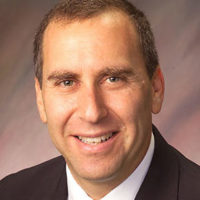
How nurse practitioners spend their time in eldercare facilities has changed little in 20 years, a new study has found. In fact, much of their work time remains nonclinical in these settings, reported investigators.
The researchers tracked the work life of four nurse practitioners in facilities owned by a healthcare system in western Pennsylvania. The nurses cared for long‐term care residents and subacute or short‐term rehabilitation patients. There were 37 days of observations per nurse, totaling 10,064 observations between all four facilities.
About 30% of the nurses’ time was spent in direct patient care encounters, investigators found. The remainder was spent on care coordination and supporting the functioning of the nursing facility and the facility staff.
The results show that the role of a nurse practitioner in eldercare facilities remains a hybrid of nursing consultant and a fee‐for‐service clinician, wrote Michael L. Boninger, M.D., and colleagues from the University of Pittsburgh. The findings were similar to those of a study conducted in 2000, he reported.
“Once again, the data show that the quality and coordination of care take priority over the quantity of revenue‐generating encounters within the nursing facility setting,” the investigators concluded.
The study was published in the Journal of the American Geriatrics Society.




